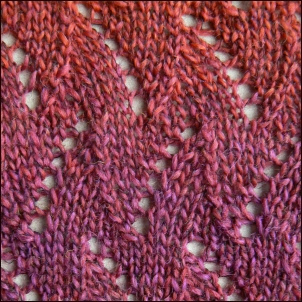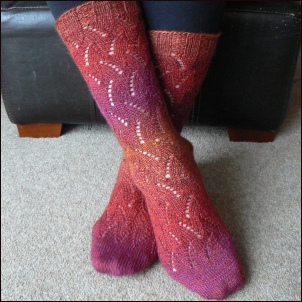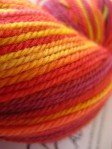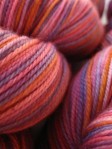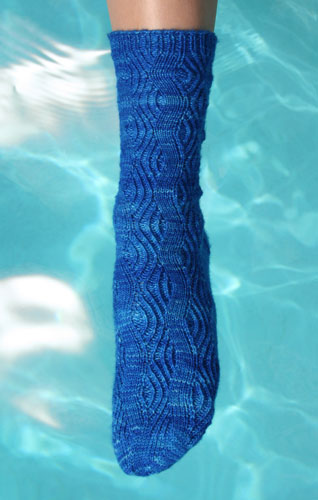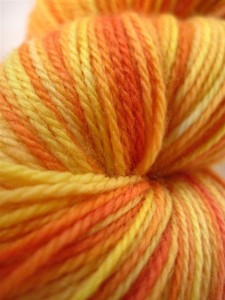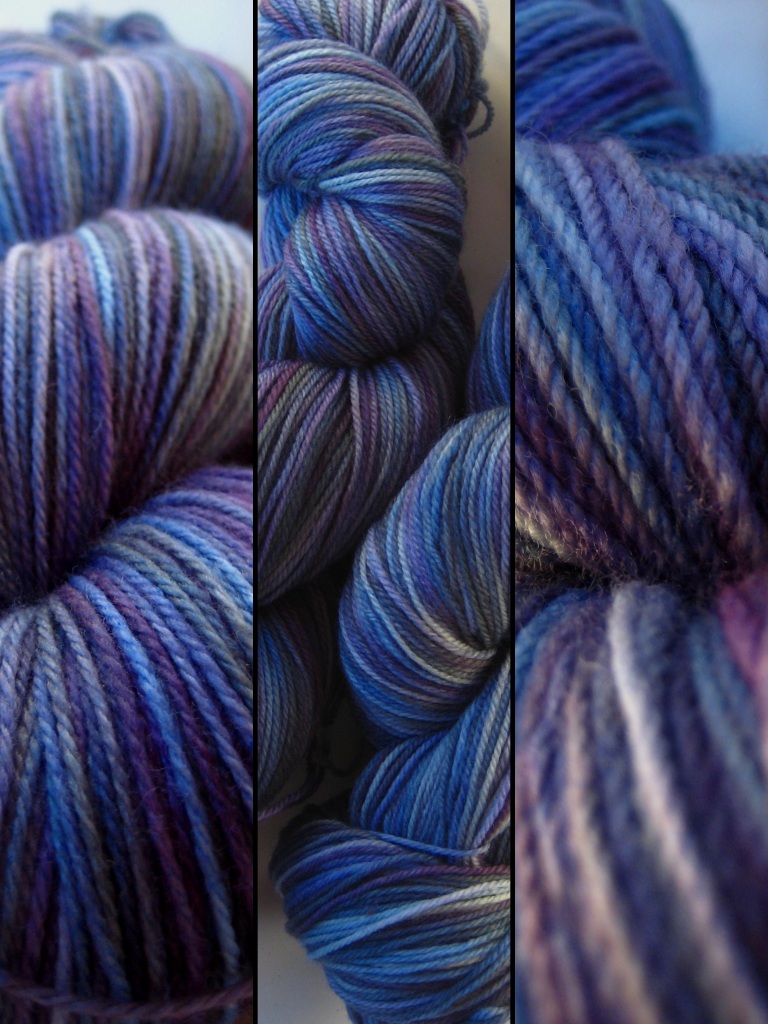Note from the SpaceCadet: My friend Amy (DPUTiger on Ravelry) is a knitting teacher, a quilter, and a newly-minted weaver. And she’s been kind enough to write a series of posts about her favourite ways to start new sock knitters on their journey…
So you’ve tackled Fuzzy Feet and are ready to move along and try something else. Where is a good place to start with that beautiful fingering weight yarn and the toothpick-sized needles?

.
.
So, you ask, what turned things around for me, and what would I recommend to you so you don’t suffer the sock blahs right out of the gate?
Knitting Rules. If you aren’t familiar with Stephanie Pearl-McPhee, aka the Yarn Harlot, you should be. Stephanie is a terrific writer with a sense of humour. And whether you are an experienced knitter or especially a knitter that’s just starting to branch out into the world of Not Scarf Knitting, Knitting Rules is a valuable addition to any knitter’s library.
So just as I was finishing the Socks from Hell, the Yarn Harlot began blogging about the step-out socks that she was knitting for an appearance on Knitty Gritty. I was intrigued, picked up a copy of Knitting Rules and hit the jackpot.

There are a few little tidbits I’ll throw in before I leave you in suspense waiting for my final salvo on sock knitting:
- I have one rule in my classes: No Eeyores. If you attack something new with a positive, can-do attitude, you will succeed! If you are convinced sock knitting is too hard for you, then it will be. Period. Attitude is a self-fulfilling prophecy.
- Lifelines are your friend! (What is a lifeline? Click here) If you’re new to sock knitting, throw a lifeline in before you start something new. My ideal lifeline material is DMC Perle Cotton, commonly used for cross stitch and embroidery. If you use lifelines, you really can knit fearlessly, because it will be simple to rip out and re-start if you screw up or get confused.
- Every single sock pattern in existence can be knit using any of the three small-circumference knitting methods: double-pointed needles (DPNs), two circular needles, or the Magic Loop. All three methods are interchangeable. Always. No exceptions.
I’ll be back again to discuss the one book that changed my knitting life. Until then, enjoy your foray into sock knitting!

